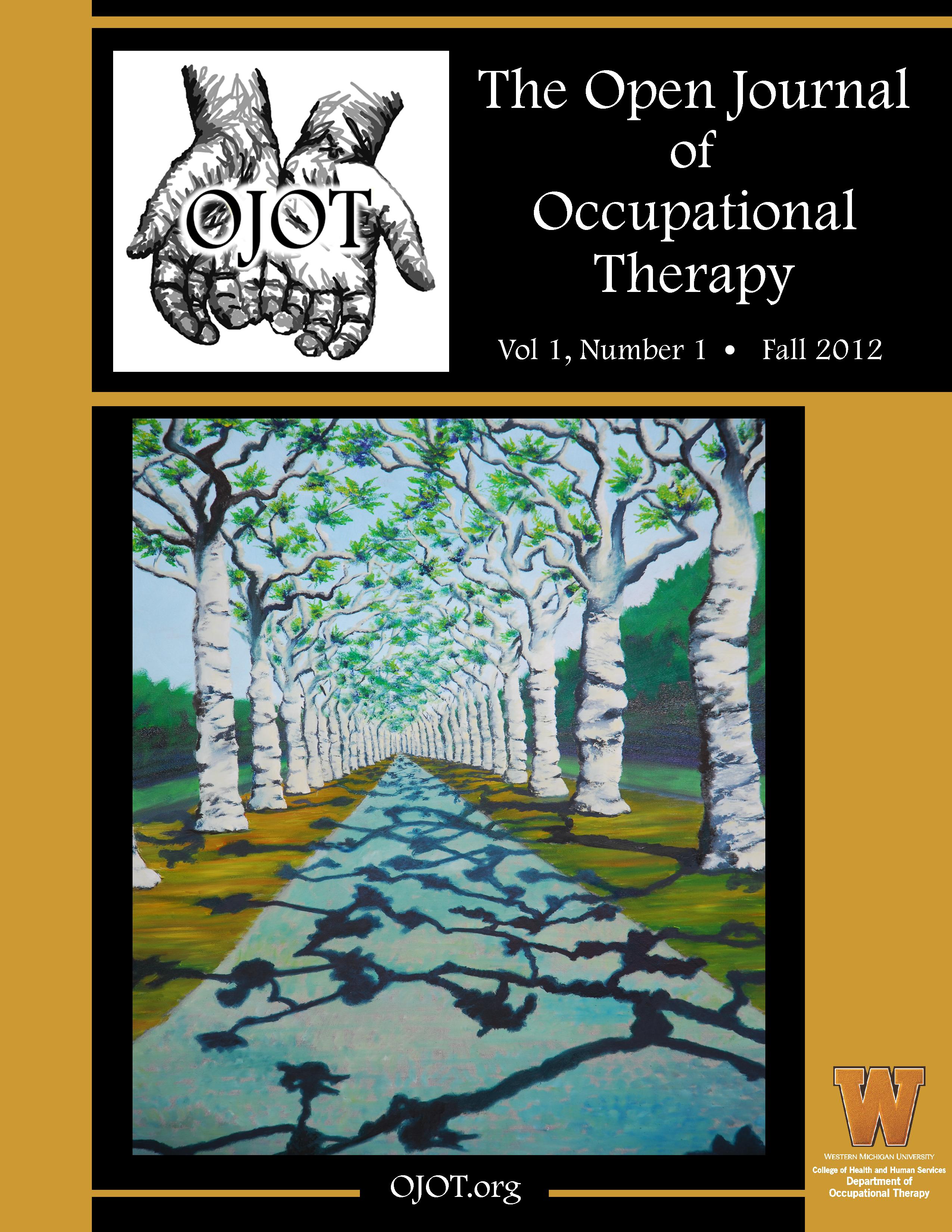ScholarWorks > HHS > OT > OJOT > Vol. 6 > Iss. 4 (2018)
Credentials Display
Rebecca Ozelie, DHS, OTR/L, BCPR; Paige Panfil, OTS; Nicole Swiderski, OTS; Elizabeth Walz, OTS
Abstract
Auditory hallucinations, which are symptoms of schizophrenia, can significantly disrupt individuals’ daily lives. Occupational therapists (OTs) can address both the daily needs of people with schizophrenia and address cultural stigmas against mental illness. To combat stigma and increase empathy for patients with mental illnesses, auditory hallucinations simulations were developed. The purpose of this study was to determine if the Hearing Voices That Are Distressing (HVTAD) Simulation impacts OT students’ attitudes toward patients with auditory hallucinations and to explore the students’ perceptions of the simulation’s effectiveness as a teaching method. The participants completed a pretest Attitudes to Mental Illness Questionnaire (AMIQ) and listened to the HVTAD Simulation while completing a classroom activity. The participants completed a posttest AMIQ and a reflective questionnaire. The significant increase in composite scores, t(27) = -2.92, p = .039, on the AMIQ indicated increased empathy toward people with mental illnesses. Results of the qualitative analysis showed that the students viewed the simulation as an effective teaching methodology. Many participants also believed that the simulation made them better prepared to treat patients in the mental health population. These findings align with current perspectives in healthcare fields, including occupational therapy, regarding the effectiveness of simulations as teaching methodologies.
Recommended Citation
Ozelie, R., Panfil, P., Swiderski, N., & Walz, E. (2018). Hearing Voices Simulation: Impact on Occupational Therapy Students. The Open Journal of Occupational Therapy, 6(4). https://doi.org/10.15453/2168-6408.1452



Comments
The authors report no conflict of interest to disclose.